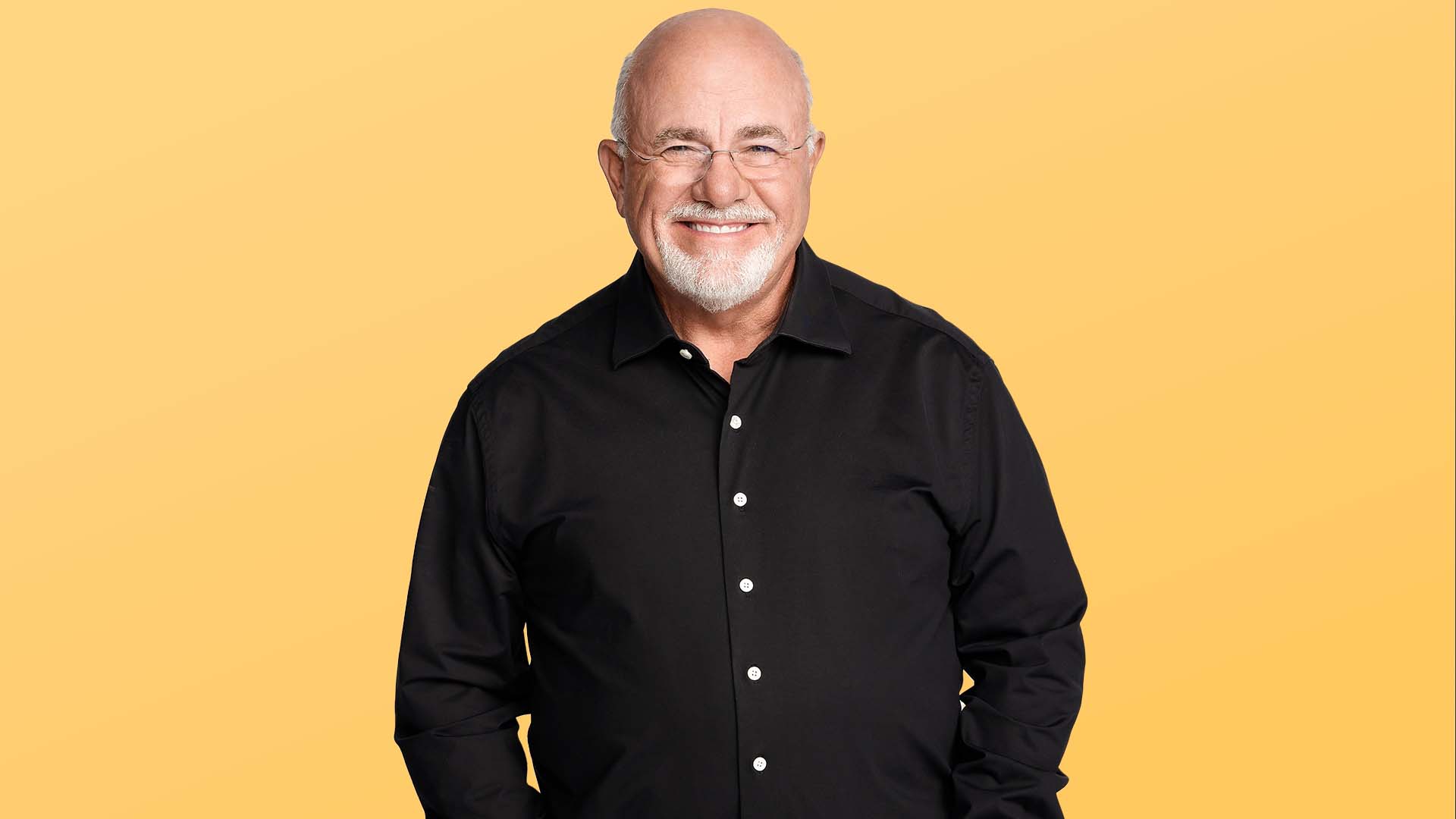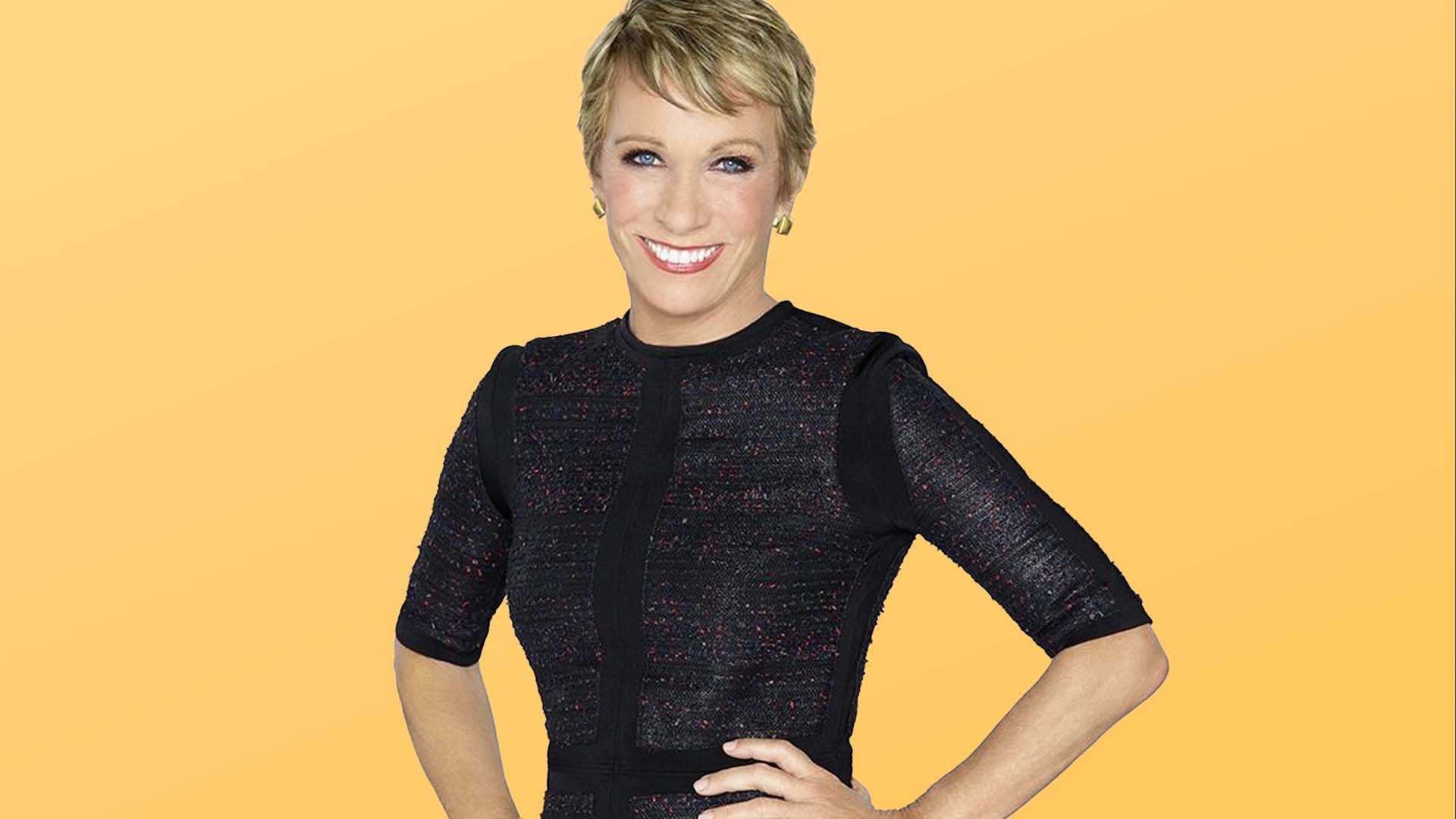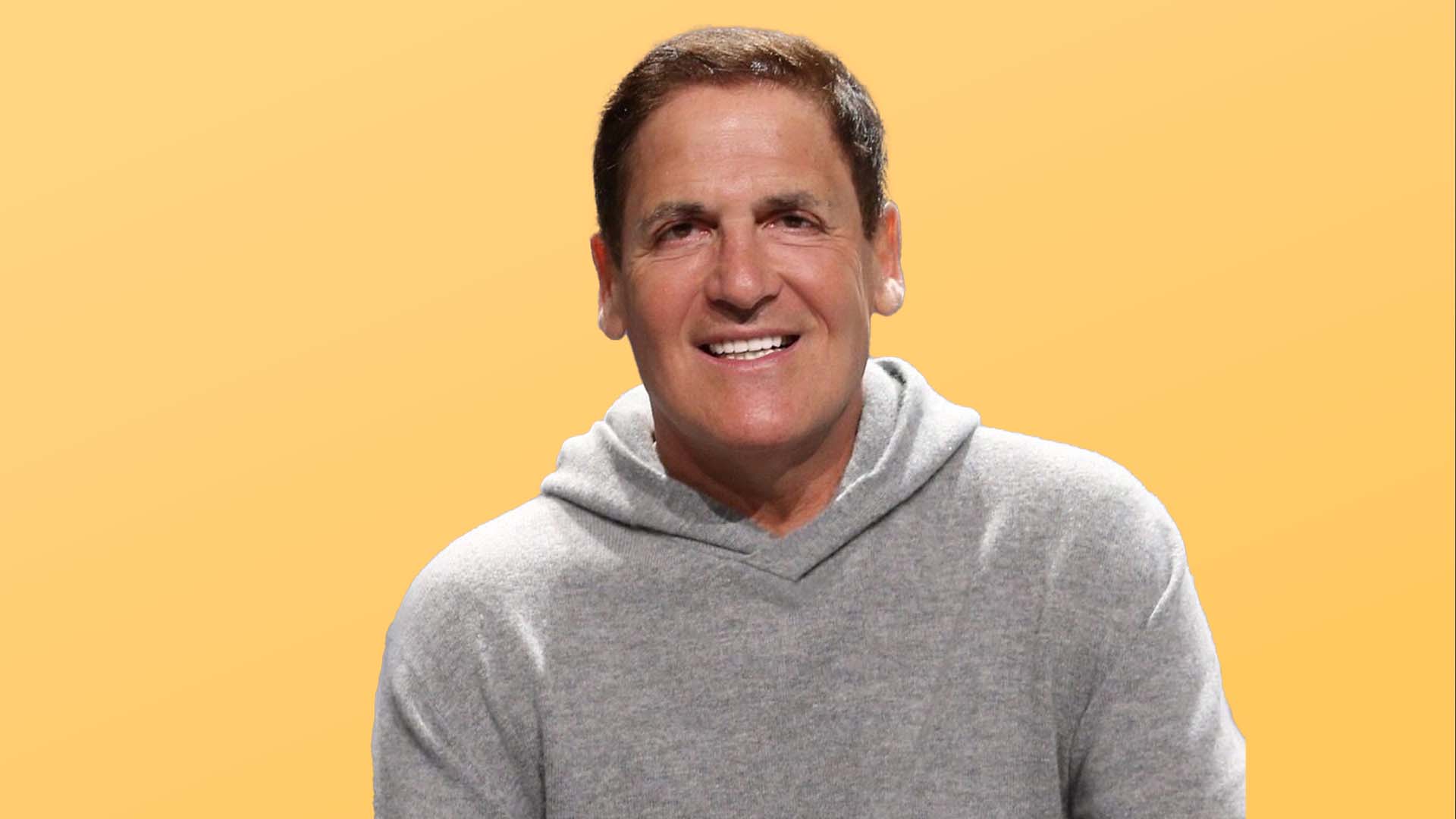Tony Robbins vs. Dave Ramsey: Whose Financial Advice Is Best in 2025?

Commitment to Our Readers
GOBankingRates' editorial team is committed to bringing you unbiased reviews and information. We use data-driven methodologies to evaluate financial products and services - our reviews and ratings are not influenced by advertisers. You can read more about our editorial guidelines and our products and services review methodology.

20 Years
Helping You Live Richer

Reviewed
by Experts

Trusted by
Millions of Readers
For decades, Tony Robbins and Dave Ramsey have been two of the loudest voices in personal finance. Robbins pushes people to chase wealth through investing and entrepreneurship, while Ramsey preaches the discipline of living debt-free.
Their approaches couldn’t be more different, yet in 2025, both remain influential, so the real question is which one makes sense for your situation in today’s economy.
The Robbins Playbook
Robbins’ financial advice centers on mindset, growth and diversification. He encourages people to build multiple income streams, invest early and avoid putting all their eggs in one basket. His book, “Money: Master the Game,” popularized the idea of creating a portfolio that balances risk and reward across asset classes.
Andrew Constantinides, certified financial planner (CFP) and private wealth advisor at Neil Jesani Wealth Management, said this strategy may be particularly relevant in 2025.
“Robbins’ approach relies more on suggestions around a multi-asset class portfolio versus Ramsey suggesting to just stick with the S&P500 index fund. As of August 2025, the S&P500 is trading at the 99th percentile of historical valuation. It’s not cheap by any means. I would have some real concerns around a 100% equity portfolio at this moment in time,” Constantinides said.
The Ramsey Method
Ramsey’s advice is simple and strict: Pay off all debt, avoid credit cards and live within your means. His famous “debt snowball” method, which advises paying off the smallest debt first, then rolling those payments into larger ones, has helped countless families regain control of their finances.
For people prone to overspending, Ramsey’s system works. It’s clear, actionable and offers peace of mind. Joe Camberato, CEO of NationalBusinessCapital.com, said that’s where Ramsey’s approach resonates most: “If you lose sleep over debt, Ramsey’s system will give you peace of mind.”
Still, Camberato argues that Ramsey’s advice can be too rigid, especially his “no debt, ever” stance.
“But Ramsey’s ‘no debt ever’ policy is where I disagree the most. There’s good debt and bad debt. Borrowing to buy a business, invest in real estate or even locking in a 3% mortgage like many people did a few years ago — that’s good debt,” said Camberato.
Who They Serve Best in 2025
Neither Robbins nor Ramsey offers a one-size-fits-all solution. Constantinides said Ramsey’s advice works best for younger investors with smaller portfolios who want something simple and can manage without professional help. Robbins, meanwhile, is better suited for wealthier investors looking to diversify across multiple asset classes to limit losses and pursue stronger risk-adjusted returns.
The 2025 Economy Factor
High interest rates, inflation and volatile markets are testing both approaches in 2025. For investors, the challenge is that traditional benchmarks don’t look as reliable as they once did.
“Today’s markets are very different from what they were just 10 years ago,” Constantinides adds.
He also explains that Goldman Sachs released their 10-year outlook, which estimated that over the next decade, the S&P 500 will generate an annualized return of 3%. That weak outlook, he said, is why Robbins’ suggestion for diversification across multiple asset classes carries more weight in today’s environment.
Debt management is also a timeless discipline Joe Camberato notes that Ramsey’s warnings about credit cards are especially relevant.
“Ramsey’s advice on staying away from high-rate credit cards is absolutely spot-on now. That kind of debt can trap you quickly because the interest piles up quickly,” he said.
Still, Camberato adds that borrowing strategically can be smart, even in a high-rate environment.
More From GOBankingRates
 Written by
Written by  Edited by
Edited by 











































































































